I have really been enjoying photography lately, and have made the habit of bringing my camera with me every time I go outside. So today I want to share a few more photos I took yesterday, and hopefully my science post will be ready for posting later tonight.
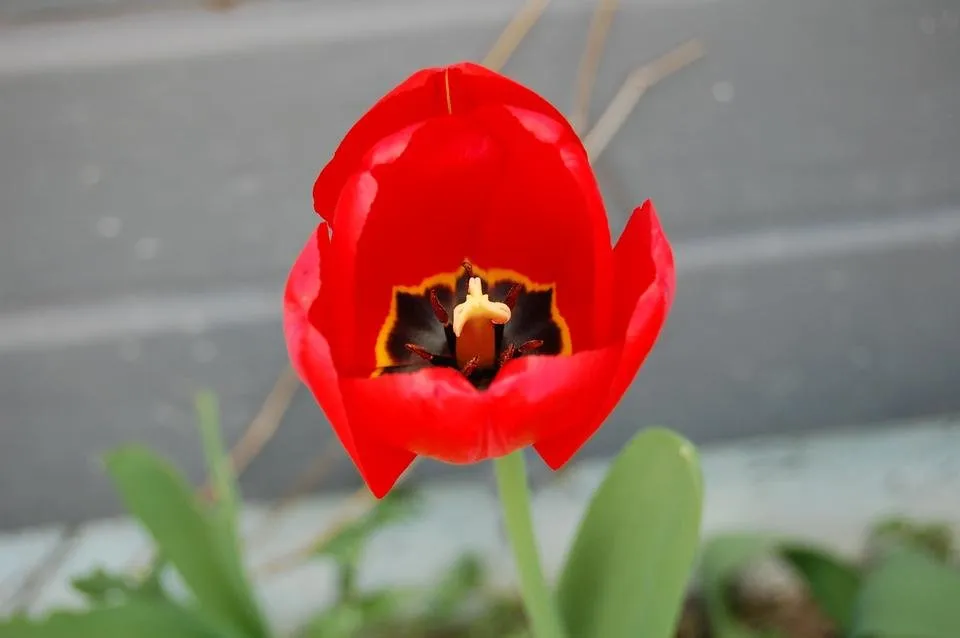
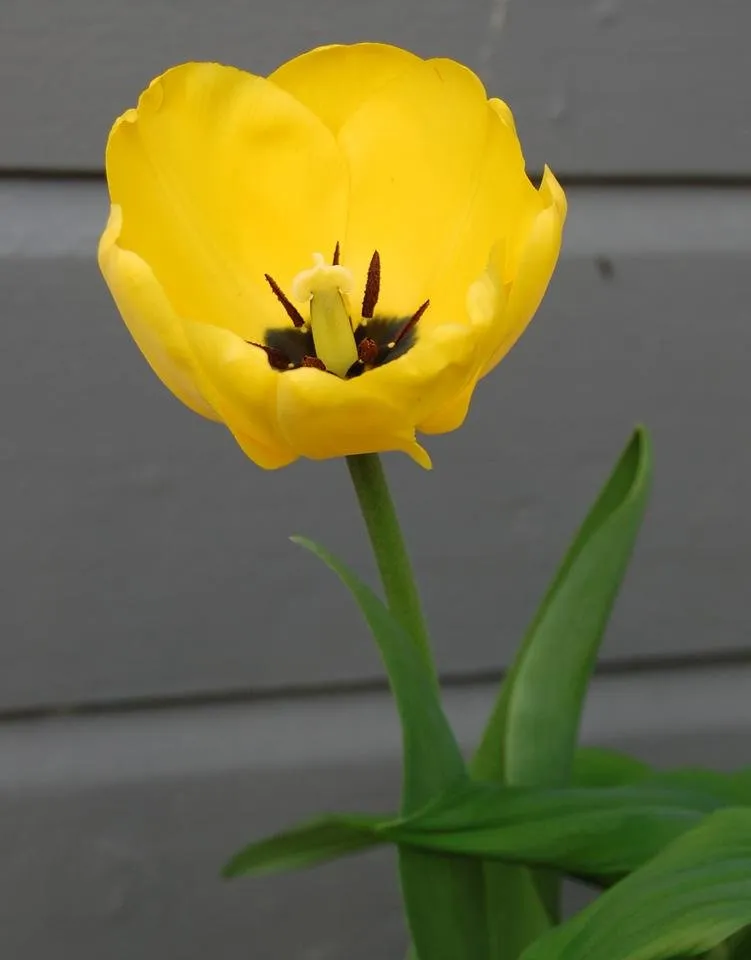
The tulips are finally blossoming, and there are few things that are as nice as having a full flower bed of tulips in front of my house. Most are still not as open as these ones, but they will soon get there.
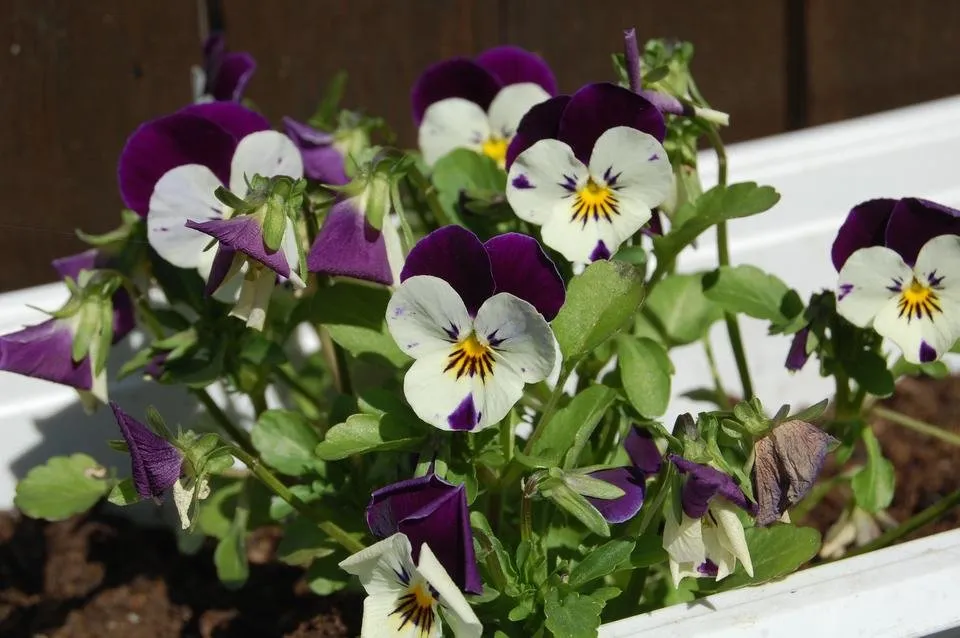
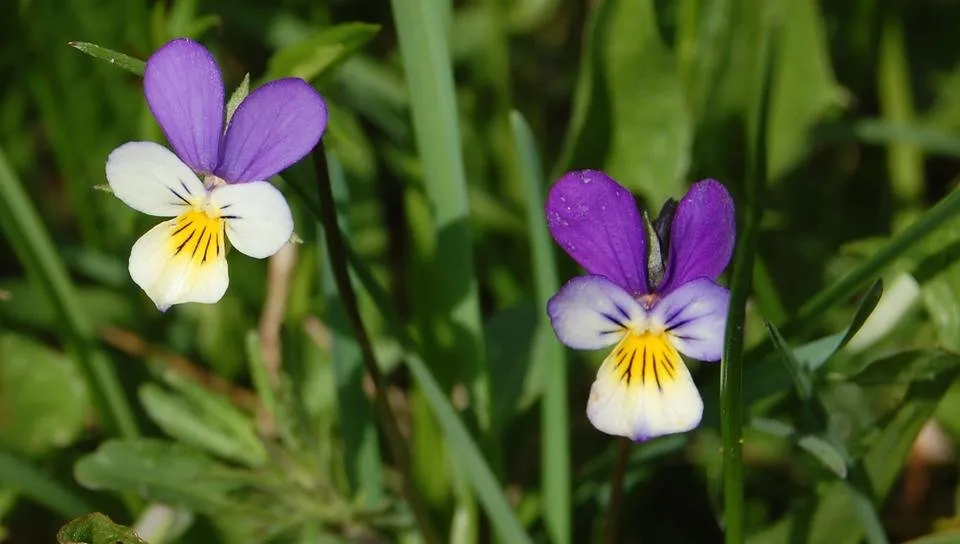
The Viola tricolor var. hortensis are still going strong and enjoying the bright summer sun we got these days. As you can see I also found some Viola tricolor in my garden, which are the original, wild plant that eventually were artificially evolved to be the common pansy we keep in our gardens. As you can see they resemble each other a lot, but they are still very different.
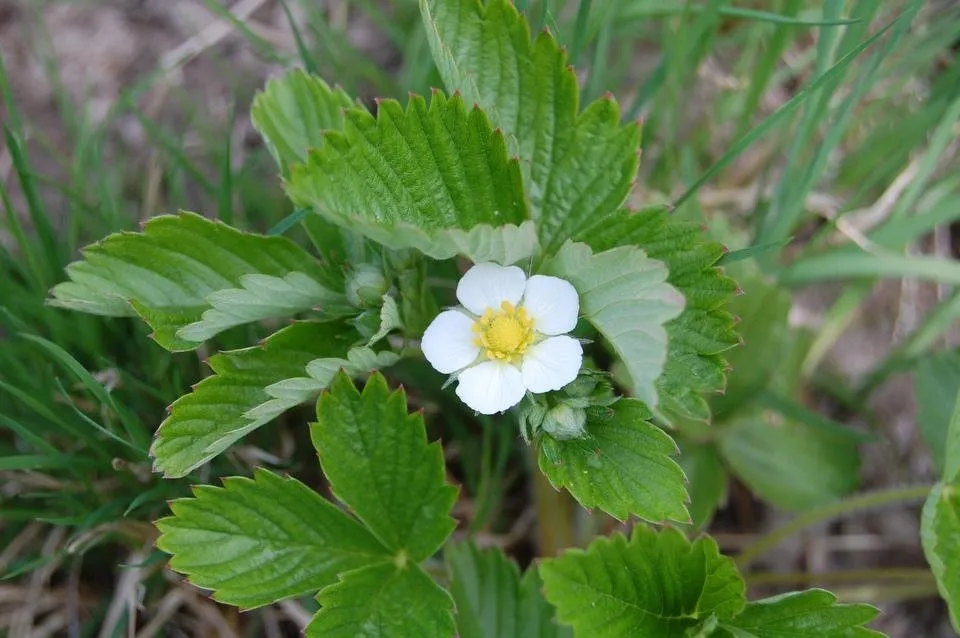
The wild strawberry (Fragaria vesca) flowers are also flowering now, but there are still some weeks until they will produce an edible strawberry.

This final flower photo is from Prunus domestica ssp. intermedia, a cultivar of the plum. This tree will be producing Victoria plums (Prunus 'Victoria') in the autumn, so I'm really looking forward to collecting and eating these once they are ripe! Still a long way until we get there though.
I also found some insects
As I have said before, I'm terrible at insect identification, so let me know if you have any idea what species these could be!
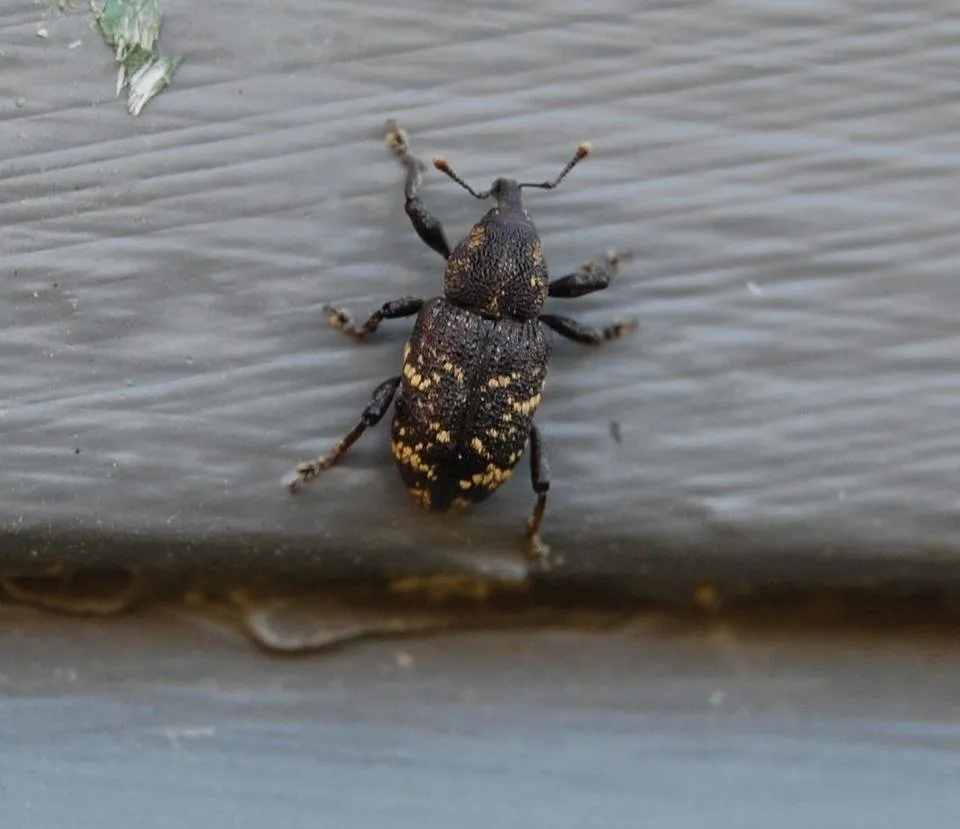
This beetle (?) was just chilling on my house wall, just over my tulips, and was more than happy to pose for a few photos. I think I managed to capture a lot of details about his physiology, so it should probably be doable to identify him if I had any clue where to begin the search.
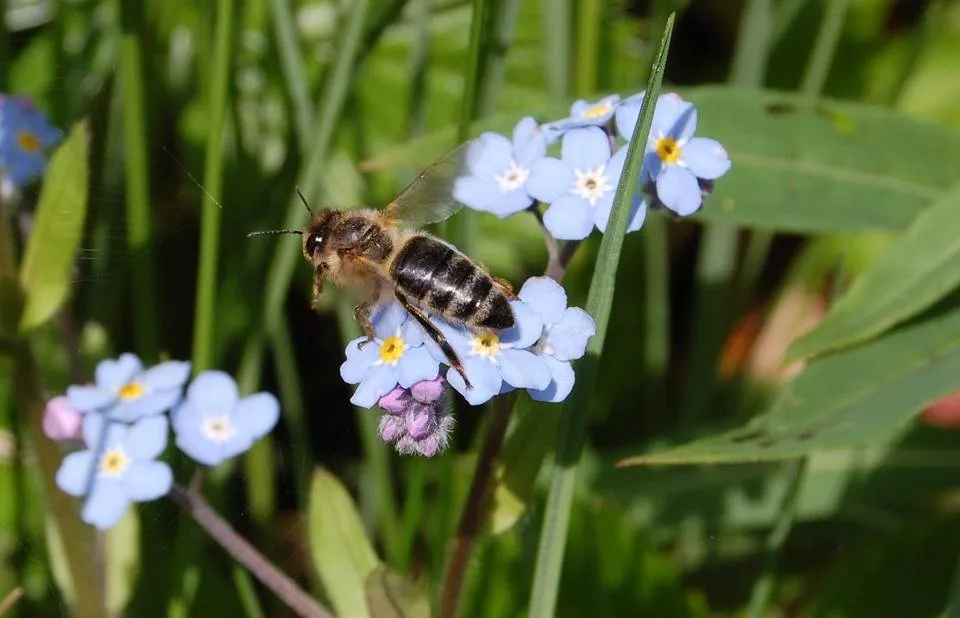
I assume that this is a type of wasp or something, but it seems unlikely that anyone can find the species just from this photo. However, I don't see a visible stringer, so it might not be a stinging wasp.
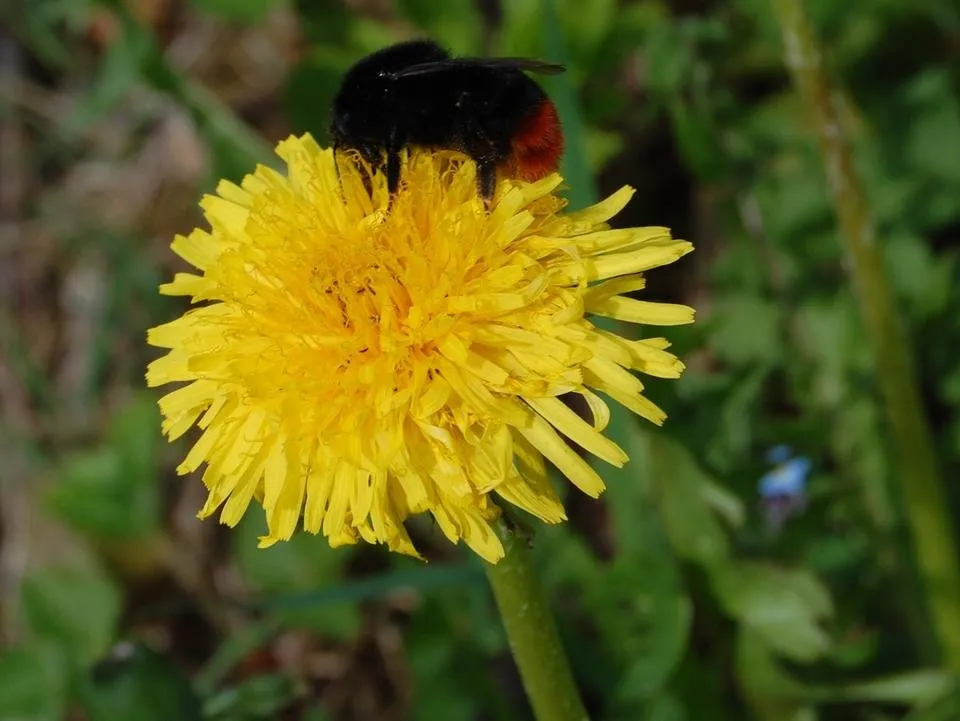
This guy was collecting nectar from a dandelion (Taraxacum sp.), and I'm fairly certain that it is a red-tailed bumblebee (Bombus lapidarius). This is the most likely species, but it might also be a B. wurfleini, although I doubt it.
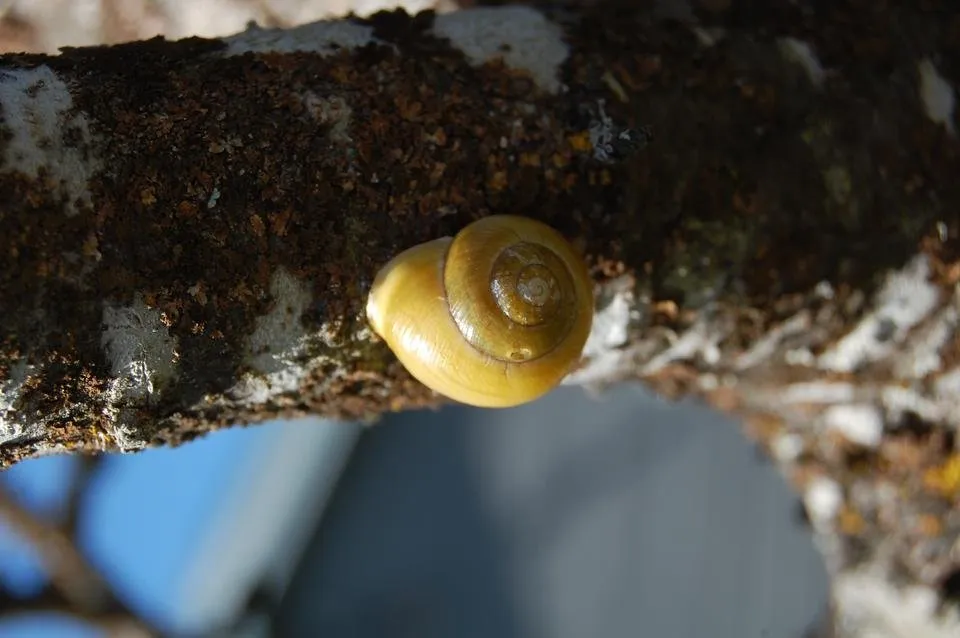
And finally: a snail. It's difficult to identify some species just by the shell, but I assume it's a white-lipped snail (Cepaea hortensis), just because this is the species that is commonly found in gardens.
Thanks for stopping by
Thanks for checking out my post and seeing my photos. I hope you enjoyed them!